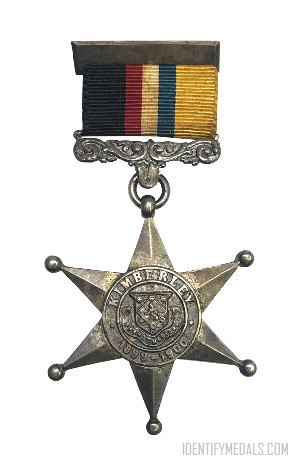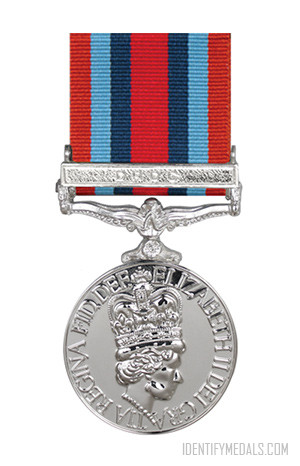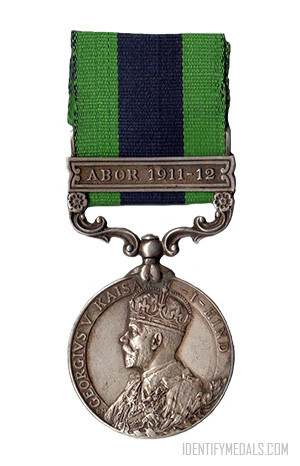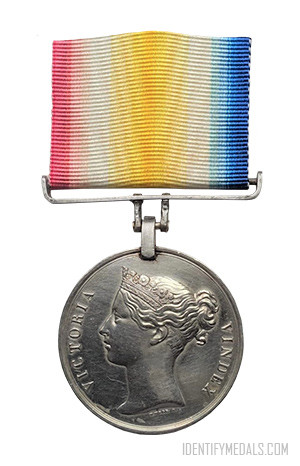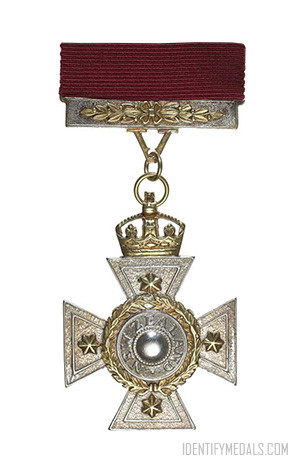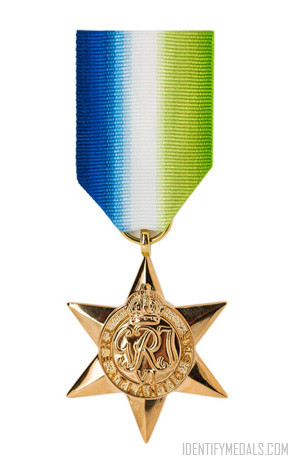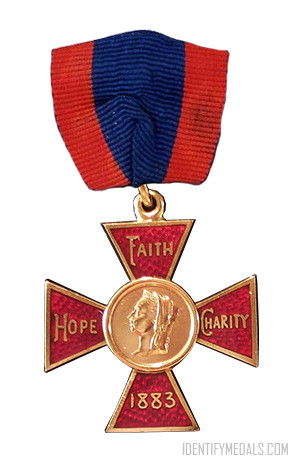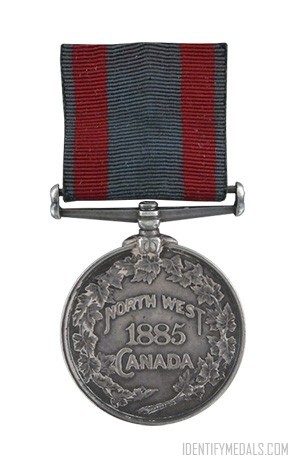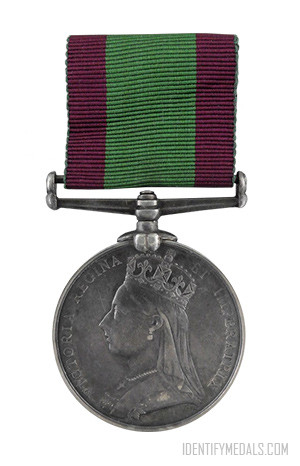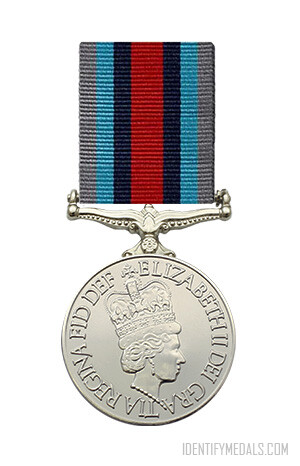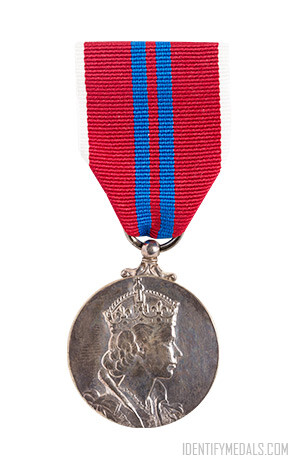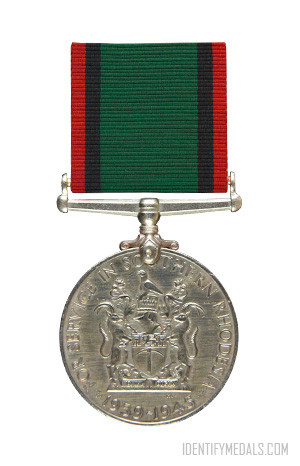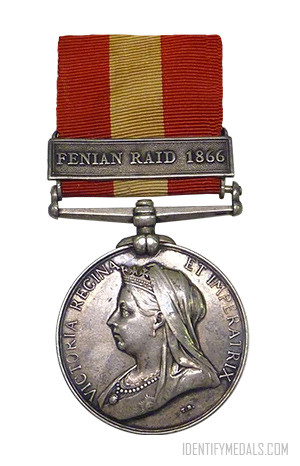- Time Period: Pre-WW1
- Year of Institution: 1900
- Country: Great Britain
The Kimberley Star and Kimberley Medal were instituted in 1900 and awarded by the Mayor and Council of Kimberley to the defenders of the mining town against the Boer forces.
Two medals were struck in gold but about 5000 were produced in silver. The Kimberley medal (as opposed to the star) is a much scarcer award.
The Kimberley Star and Medal Design
The Star
The Kimberley Star is a six-pointed star with ball finials and a circular center and measures 43 millimeters high and 41 millimeters wide.
On the obverse is the inscription “KIMBERLEY 1899-1900” with the civic arms in the middle. The reverse is plain, except for the inscription “MAYOR’S SIEGE MEDAL 1900”. The medal’s ribbon is half yellow, half black, separated by narrow stripes of red, white and blue.
The suspension is a plain ring from a scrolled bar.
The Medal
The Kimberley Medal is a circular, struck in silver and measures 38 millimeters in diameter.
The obverse features the figure of Victory above the Kimberley Town Hall, with the dates 1899-1900 in the exergue. The reverse bears two shields with the inscription “INVESTED 15 OCT. 1899” and “RELIEVED 15 FEB. 1900”. The imperial crown appears above and the royal cipher underneath, with the legend “TO THE GALLANT DEFENDERS OF KIMBERLEY” around the circumference.

